DECATHLON CAMP: THE APP THAT YOU TAKE ALONG WITH YOU EVERYWHERE
Download the Decathlon Camp app as soon as possible and find all the tutorial videos on how to pitch and strike your tent.

REF: 8795876, 8786418
2023
Have you bought a MESH trekking tent? Do you have a question or have you found a problem with your model? Don't panic, we are here to help you!
The information contained in this sheet applies to our MT500 MESH tent.
Assembling the MT500 MESH trekking tent
Dismantling the MT500 MESH trekking tent
Download the Decathlon Camp app as soon as possible and find all the tutorial videos on how to pitch and strike your tent.
To avoid unpleasant surprises when pitching your tent, it is good to carry out some checks before leaving home for peace of mind.
- Take your tent out of its bag to air it and reduce any bad odours, and clean it if necessary (see our maintenance advice below).
- Check the condition of your equipment: make sure that none of the tent poles are broken, that the guy ropes are not faulty, that you are not missing any tent pegs, etc.
- Inspect the fabric and the groundsheet to check that there are no holes
- Check the condition of the zips to see if they are working properly
Before pitching your tent, it is essential to choose an appropriate spot. So, we have listed some tips to help you find the perfect spot :
- Look for a flat and relatively clear ground (no stones, branches ...) to sleep well and not damage your tent
- Avoid pitching too close to a water point for many reasons: humidity, insects, the water level can rise up, etc.
- Reduce the exposure to the wind so that you don't get buffeted and opt for a relatively sheltered location, e.g. near undergrowth.
- The entrance of the tent should always be pointing away from the prevailing wind
- When it's cold, find a space that is exposed to the morning sun to avoid getting too cold.
To make it easier to pitch your tent, it is important to prepare the base well. Stretch the tent out on the ground by its bottom hooks to create a smooth surface, so that it can take shape correctly. What's more, fully assemble the tent poles before sliding them into the sleeves so that the pitching process is faster and more efficient.
Do not stretch the guy lines too much and leave them relatively loose so that the tent can withstand gusts of wind more effectively.
The pegs must be planted at 45° in the opposite direction of the tent to anchor to the ground better.
All our tents are tested in a laboratory to validate their waterproofness: a first test is carried out for 3 hours under 200 L of water per hour and per square met. The second test is carried out in real conditions by our experts.
As far as wind resistance is concerned, our tents are also tested in a wind tunnel on a turntable.
Recurring rain throughout the day, hot air that persists when the outside temperature drops, body heat… these are factors that can create condensation inside your tent. To avoid this phenomenon, here's some advice:
- Open the vents of your tent as much as possible, even when it's raining
- Avoid any creases when pitching your tent, as these favour the concentration of water drops
- Do not pitch your tent too close to a water point but rather in a sheltered place where temperature and humidity are regulated.
To remove the condensation already present, gently wipe off the droplets with a cloth and ventilate your tent as much as possible. Open the door and put the tent in a dry place so that it dries out.
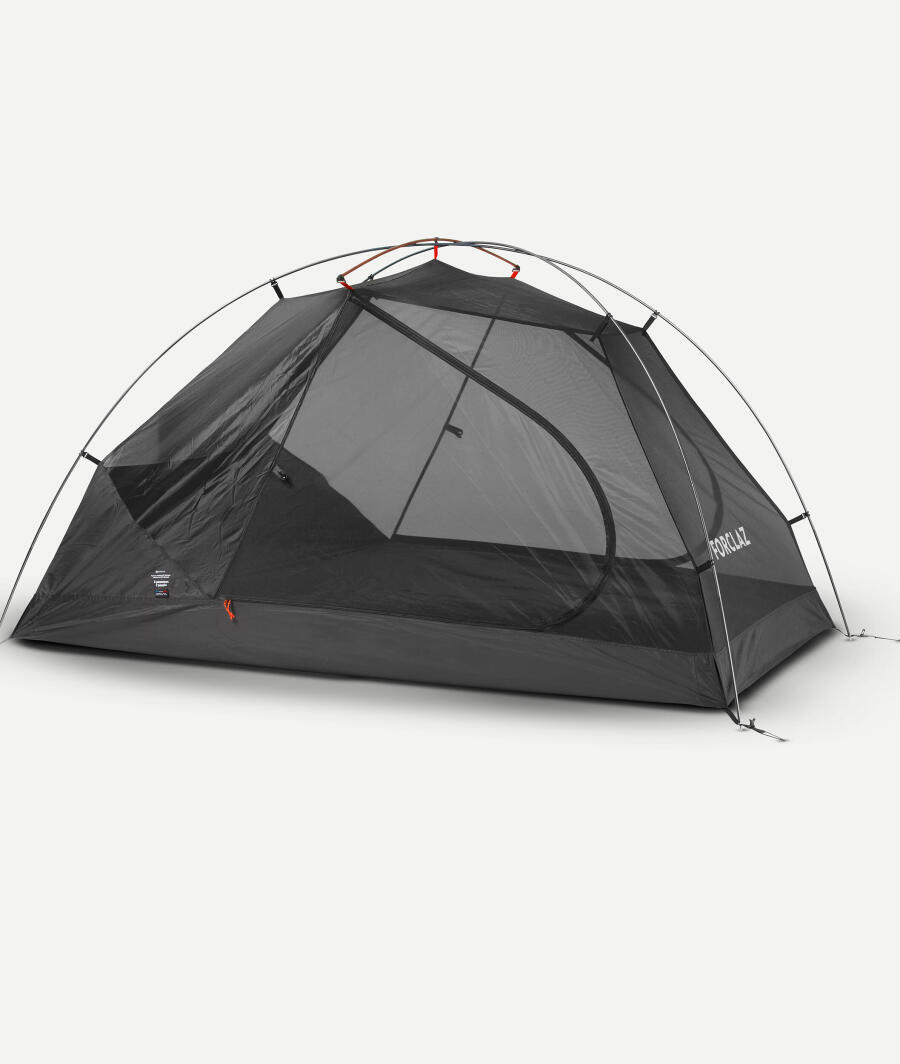
using it correctly
Before pitching your tent, leave the front door closed to avoid stretching the canvas too much when you pitch the poles. Do not tighten the guy ropes too much because too much tension on the canvas could damage it. Finally, do not leave the tent too exposed to the sun because UV light causes premature wear.
WASH
Do not use any cleaning products to wash your tent, but rather plain or soapy water if necessary. Make sure you rinse it well when you've finished.
DRY
It is important to dry your tent well after cleaning it to avoid traces of mildew. If you have room at home, assemble it completely, open all the doors so that it dries quicker. If, on the contrary, you run out of space, detach the pieces one by one and extend them.
Finally, remember to dry the cover as well.
Storing
Store your tent in a dry place at room temperature. Remember to close the front door to prevent your tent from being too tight when you put it up again.
re-waterproof
Several factors can affect the waterproofness level of your tent, such as exposure to the sun, friction inside the cover or even natural wear.
Therefore, we advise you to apply a waterproofing spray on the canvas at least once a year.
VIDEO REPAIRS
In the following videos, you will find all the explanations you need to carry out the various possible repairs.
Replacing a broken tent pole
Take advantage of the expertise of our employees and make an appointment online to benefit from one of the following workshop services.
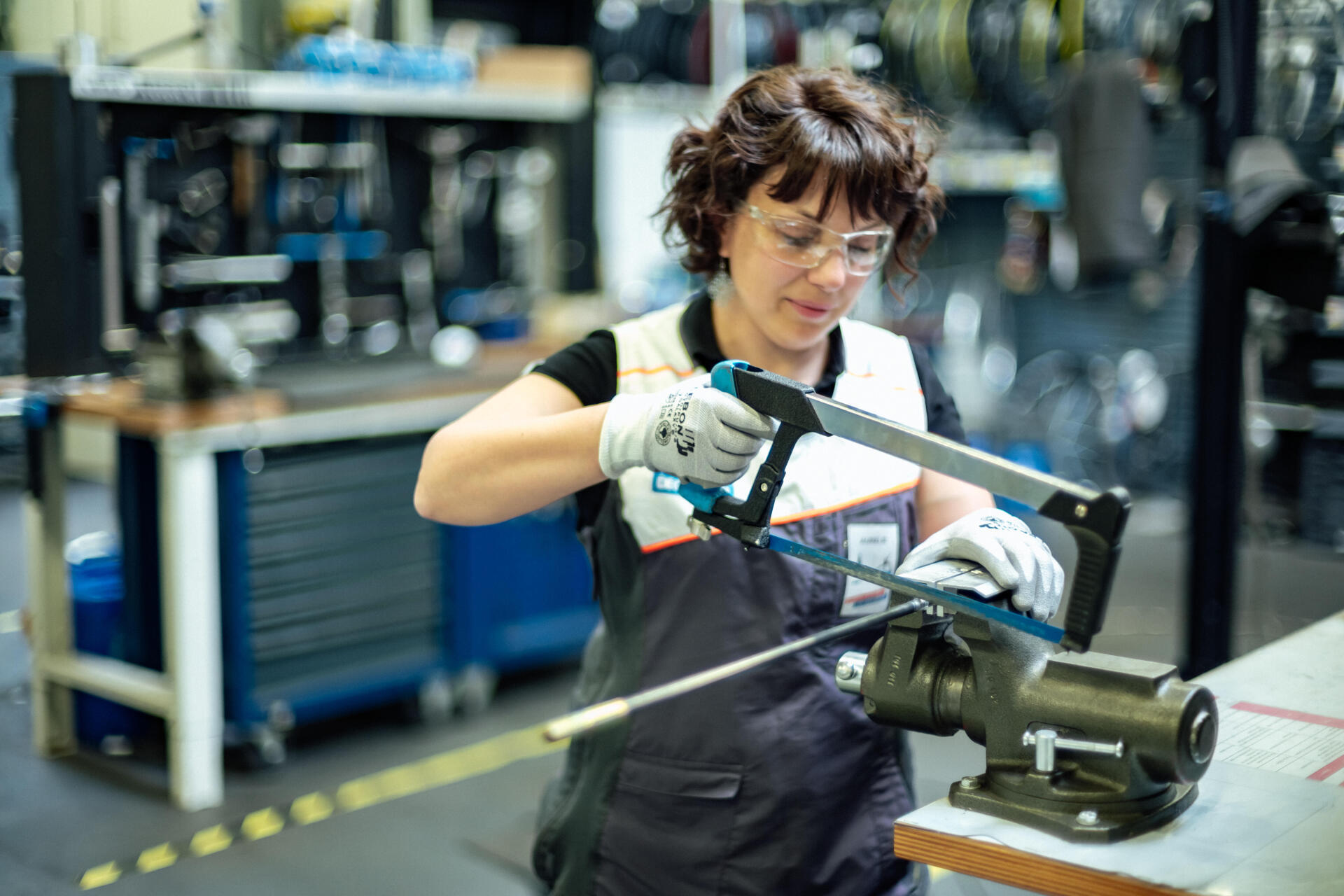
replacing a tent pole ring
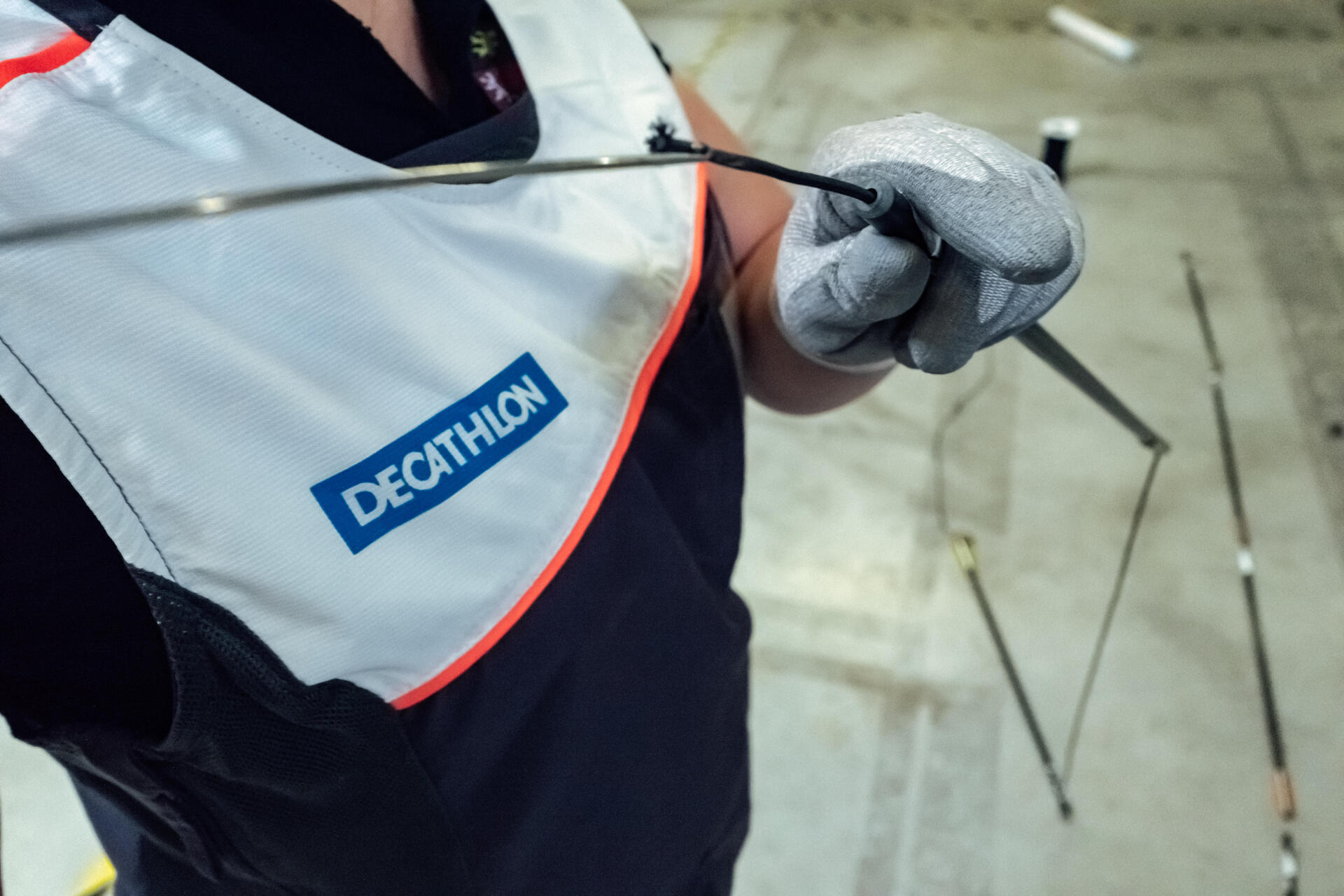
replacing a tent pole elastic
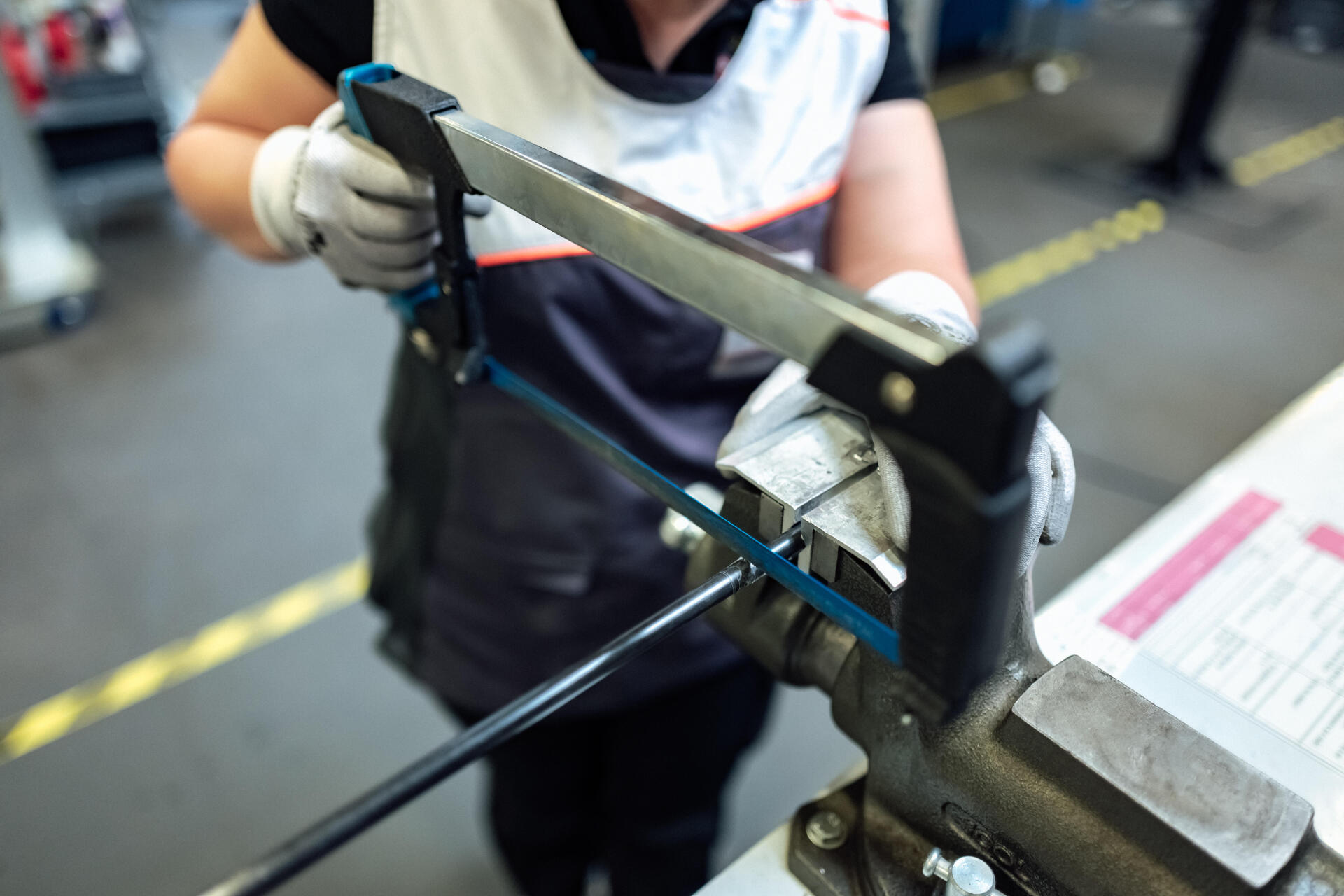
pole assembly price

replacing the flysheet
A RIP HAS FORMED IN MY FLYSHEET OR MY BEDROOM
You just need to apply a patch or adhesive to fill the hole. We recommend that you apply them on the inside of your flysheet or your bedroom for better adhesion.

self-adhesive repair patches
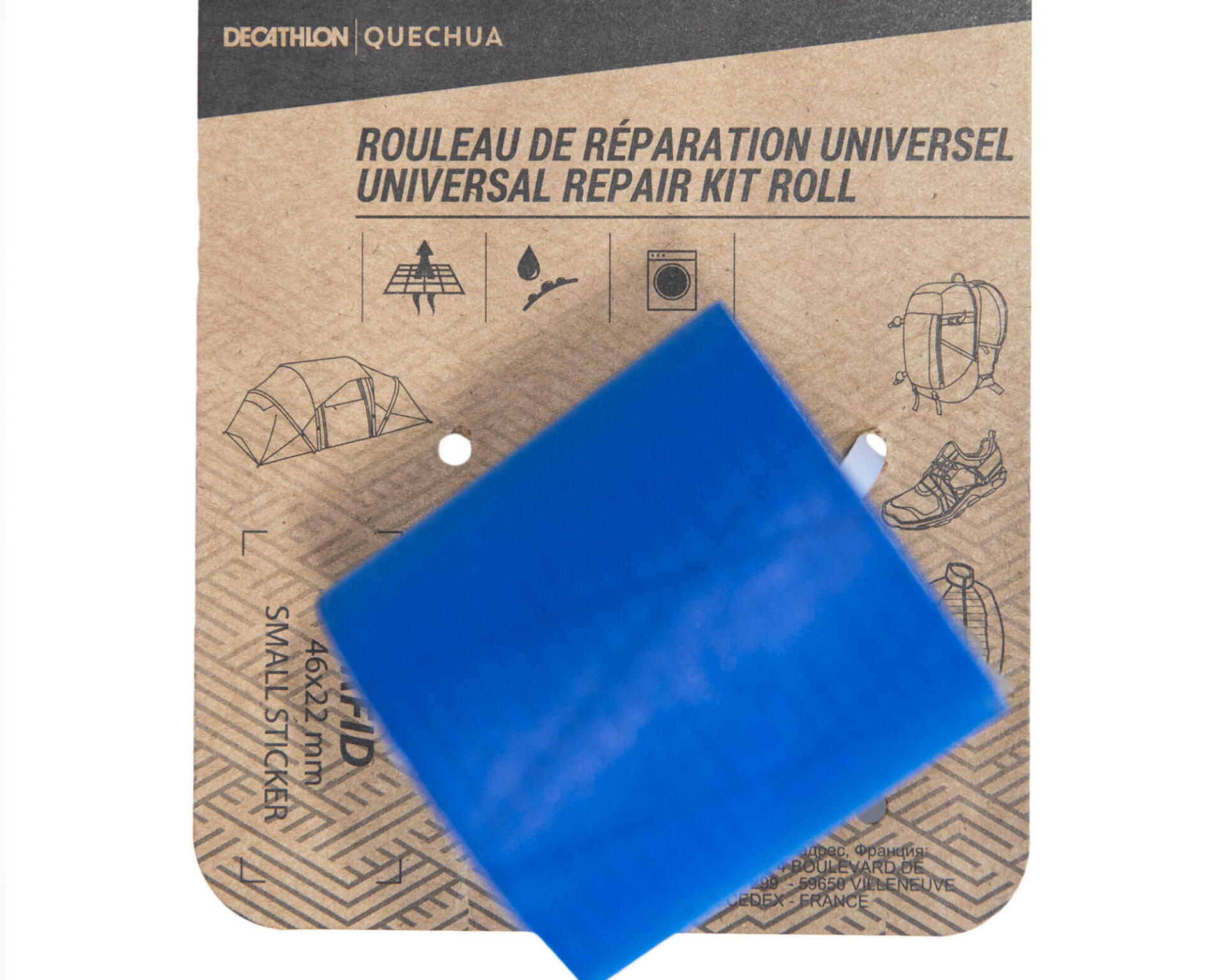
self-adhesive repair tape

Check out the instructions on how to use your tent below.